![]() ChiaroScuro presents
ChiaroScuro presents
![]() ChiaroScuro presents
ChiaroScuro presents
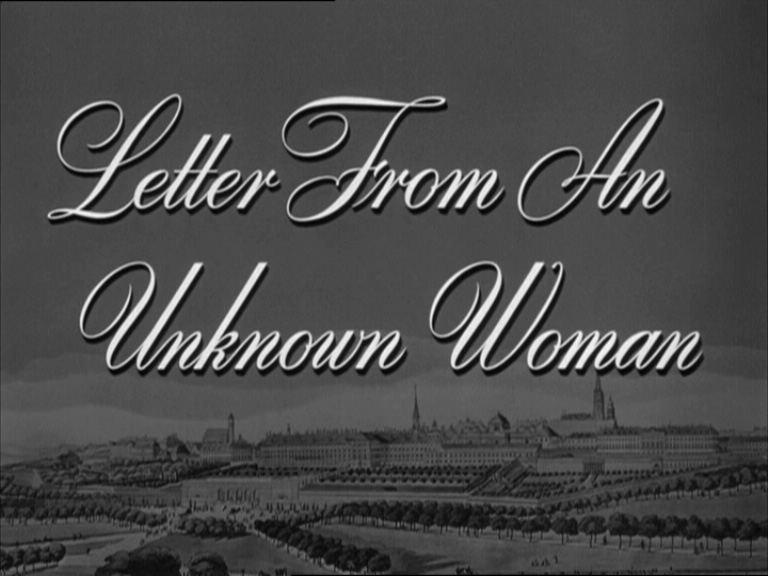
(Lettre d’une inconnue | Brief einer Unbekannten)
|
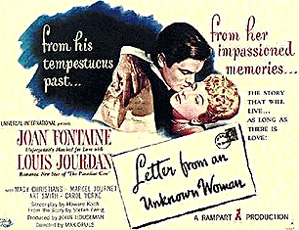
|
|
"An intense and lush romantic film made by the incomparable Ophüls during his often trying sojourn in America in the WWII and immediate postwar years. Fontaine plays Lisa, who has a brief encounter with and falls for her pianist neighbor Stefan (Jourdan). As he heads off on a concert tour, Stefan promises to return for her, but that doesn't happen. Lisa holds out as long as possible but is forced to marry another man when she discovers that she's pregnant with Stefan's child. She meets the pianist some time later, but he doesn't remember her and sets about seducing her all over again. The story is told in flashbacks as Stefan reads a letter from Lisa as she is suffering from typhus, and he finally learns her entire story.
The first film from the production company formed by Fontaine and William Dozier, Letter from an Unknown Woman has an unusually persuasive Continental look to it. Its lyrical, sweet sadness and incredibly lovely mise en scene are typical of Ophüls at his best. His meaningful, highly deliberate camera wanderings beautifully capture the sorrows of Lisa's entrapment by cultural norms. The direction and Koch's well-judged screenplay admirably manage to retain an ironic edge despite the potent romanticism of it all. Fontaine has never looked lovelier and gives what is probably the greatest performance of her career. The dashing and persuasive Jourdan and a fine cast ably support her, as does the incredible camerawork of regular Ophüls collaborator Franz Planer. Although Caught and The Reckless Moment are films of considerable merit, Letter is almost certainly Ophüls' greatest American film. Watching it is like finding a locket you thought you had lost, one which contains the picture of someone who once broke your heart."
"A victim of respectable but somewhat patronizing reviews at the time of its original release, Letter from an Unknown Woman has achieved classic status during the past decade, both as one of the two or three best examples of what used to be called "the woman's picture" and as perhaps the most impressive showcase of the camera wizardry that distinguished Max Ophüls' direction. "Max and his tracks" were legendary, and the Ophüls tracking shot would follow the characters into rooms, out of rooms, and through the walls of rooms as if the cameraman had the mobility of a ghost. Even beyond the camera movements, Planer's use of lighting provided the director with a look of opulence appropriate for this story of lifelong, unrequited love. ... Andrew Sarris wrote of Ophüls: "Love, the memory of love, the mortality of love comprise the Ophülsian heritage ... [and] Ophüls offers no ... comforting consolation... There is no escape from the trap of time... This is the ultimate meaning of Ophülsian camera movement: time has no stop..." ... The story of lifelong, unrequited love-told via a posthumous letter-in being almost absurd is more cynical than it is romantic. To paraphrase Michael Kerbel in Film Comment, Ophüls's circular structure, endless repetitions and treadmill movements express the entrapment of a woman unable to exist outside her illusions. While A Day in the Country leaves us with an exquisitely tender and bittersweet feeling, Letter from an Unknown Woman leaves us deeply saddened."
"Of all the cinema's fables of doomed love, none is more piercing than this. [...] Ophüls' endlessly elaborate camera movements, forever circling the characters or co-opting them into larger designs, expose the impasse with hallucinatory clarity: we see how these people see each other and why they are hopelessly, inexitricably struck."
"Letter from an Unknown Woman displayed not only sincerity but a still rarer quality: sensitivity. [...] the film [...] reveals [...] his almost Mozartian faculty for concealing deep emotion beneath an elegant, decorative surface."
"Like the greatest directors, Ophüls reveals .... deep conflict through surfaces: through the endless movements of camera, and characters in a fixed society, he captures the inner movement of the soul in its rare, solitary passage to tragedy and grace."
"Intently listening to Letter from an Unknown Woman is like watching the film for the first time: being surprised again by its fluidity and getting caught up in the smooth progression of the story, guided by the music. Letter is operating within the framework of classical Hollywood cinema, creating a sense of spontaneity through a strict structure. As Claudia Gorbman notes, music serves the classical Hollywood film style through its “inaudibility” and subordination to the film narrative, creating a sense of continuity and unity. [...] Ophüls turns this emotional story into classical melodrama with a twist, adding both visual refinement and distanced irony. Rather than merely underscoring the images in a traditional way, the music adds another dimension of commentary, sometimes at odds with Lisa's voice-over narration. [...]
"Cette œuvre dont chaque plan est 'signé' prouverait, s'il en était besoin, les étonnantes facultés d'adaption d'Ophüls et l'incroyable aptitude du système hollywoodien à accueillir, d'où qu'il vienne, le talent le plus personnel et à lui donner les moyens de s'épanouir. Ophüls n'a jamais été plus lui-même que dans cette Vienne admirablement reconstituée en studio. [...] L'art d'Ophüls est ici à son comble, jouant aussi bien sur les dialogues et sur l'interprétation que sur l'utilisation de l'espace du décor ou du montage."
|
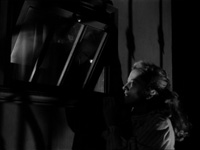
|
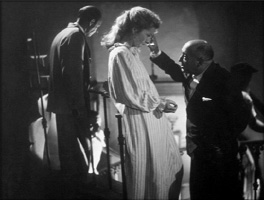
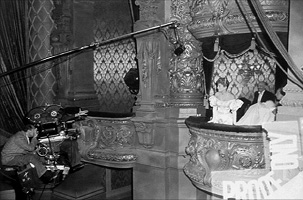
Max Ophüls and Joan Fontaine (left) | On the set (right)
|
|
||
|
Distribution:
|
 Wild Side Vidéo / Universal Pictures Vidéo Region 2 |
|
|
Runtime:
|
83:28 min (PAL Speedup + 4% = 87 min) | |
|
Video:
|
1.33:1/4:3 FullScreen Average Bitrate: 8.42 mb/s, 5.40 GB PAL 720x576 25.00 f/s |
|
|
Audio:
|
• English Dolby Digital 1.0 Mono (448 kb/s) • Audio Commentary Dolby Digital 1.0 Mono (448 kb/s) |
|
|
Subtitles:
|
Français (non-removable) | |
|
Features:
|
• Audio Commentary by Philippe Roger • Presentation of the film by Noël Herpe • A propos de Max Ophüls, interviews with Noël Herpe (15:05 min) and Ulla de Colstoun (06:26 min)
• Filmographies |
|
| DVD Release Date: 2 September 2003 Digipak Case Chapters: 8 DVD Encoding: PAL Region 2 (EU/France) 1xSS-DL/DVD-9 (6.92 GB) |
||
|
Comment:
|
Beautiful print with very rich greytones and deep blacks, revealing the sublime craftmanship of Planer's cinematography, a flawless compression that thankfully retained at least some of the film grain, the English soundtrack clean and resonant: the Wild Side DVD would be a perfect presentation for this absolute masterpiece, a bittersweet artistic hommage to Vienna and one of the greatest melodramas of cinema history, if it were not for the fixed electronic subtitles.
Film: ***** out of ***** |
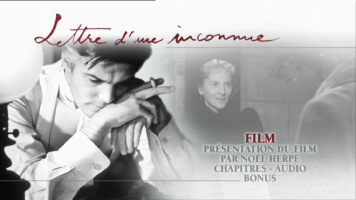 |
 |
Frame 1
(PAL 768x576)
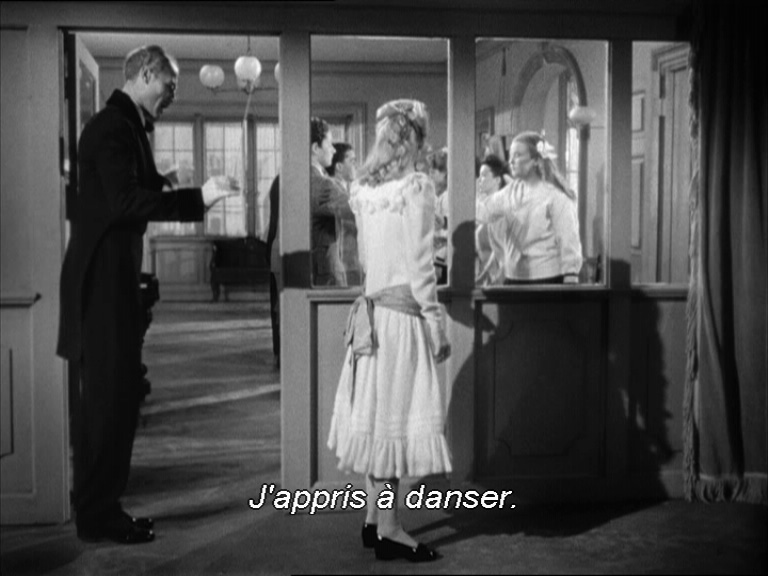 |
Frame 2
(PAL 768x576)
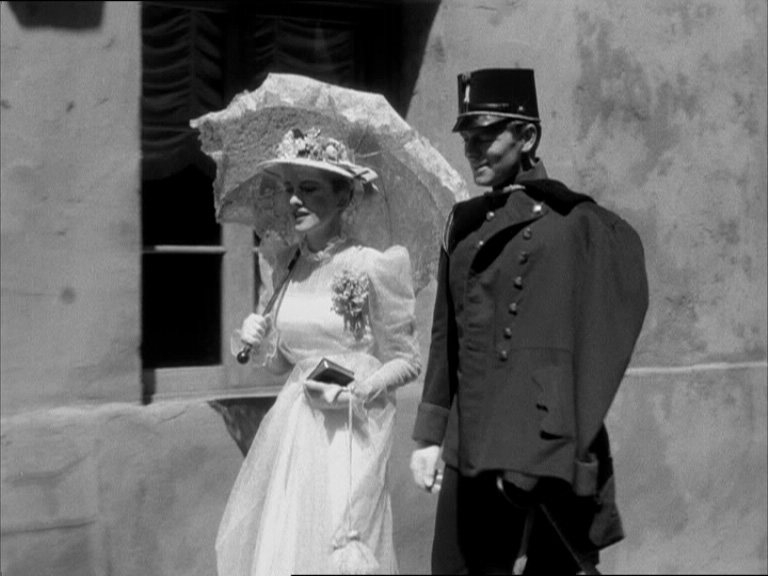 |
Frame 3
(PAL 768x576)
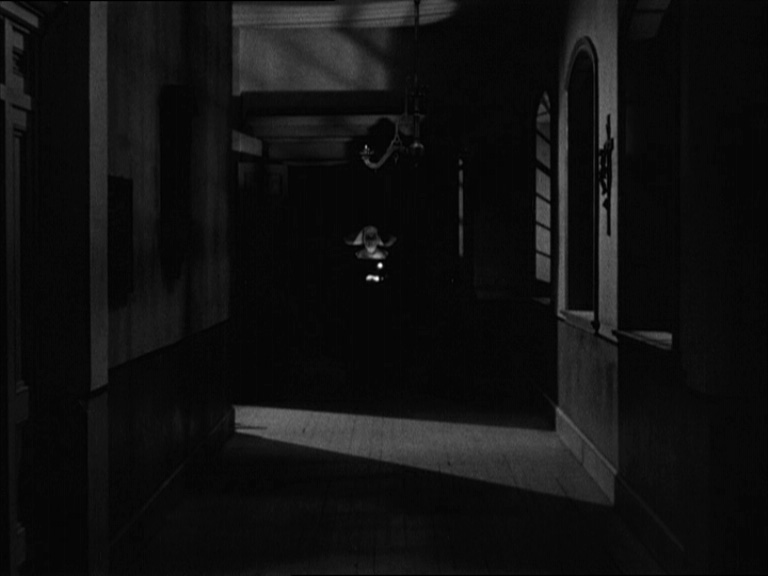 |
Frame 4
(PAL 768x576)
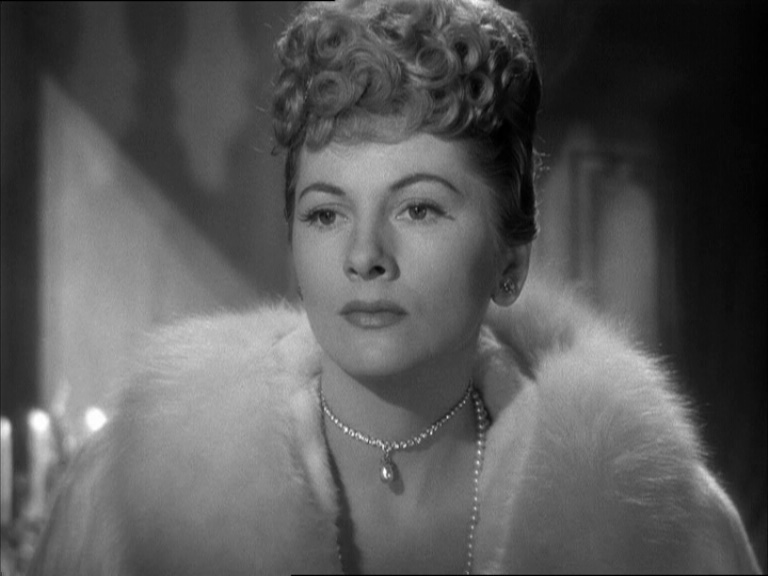 |
Frame 5
(PAL 768x576)
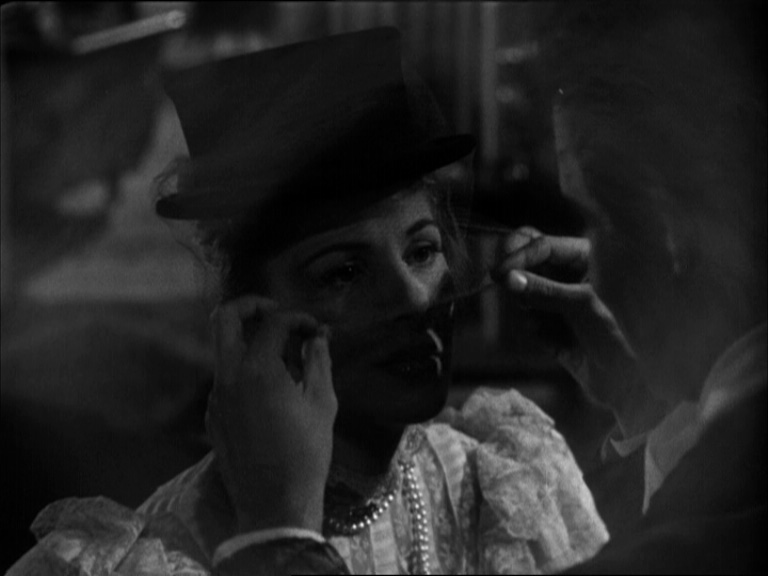 |
Average Bitrate :
8.42 mb/s
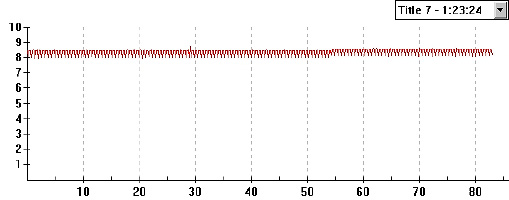
The Vertical axis represents the bits transferred per second. The Horizontal is the time in minutes
|
This is a strictly non-professional and non-commercial DVD review. Don't expect industry reference work! All ChiaroScuro captures are taken under MacOS X using VideoLAN and Snapz ProX. For further methodological remarks see DVDBeaver (click on "Methodology"): "We are not a lab and are doing a good a job as our time and energy permits. Thank you for understanding." |